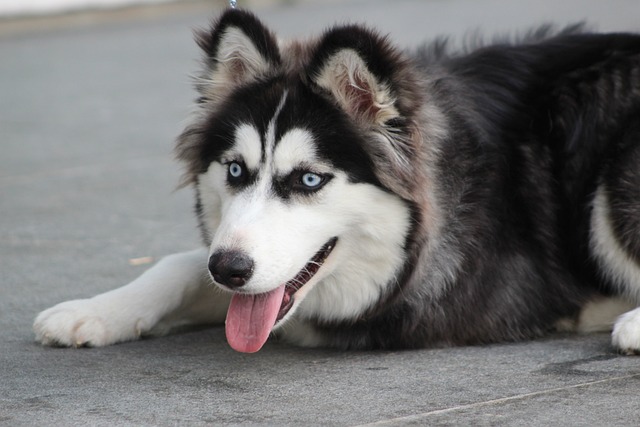
How do i train my dog to be obedient?
Watching your dog dart across the park ignoring your calls isn’t just frustrating—it can put them at risk near busy streets or public spaces.
Huskies are energetic and intelligent, but their independent streak can make toilet training a bit tricky—especially if you don’t align with their natural rhythms. Start by picking a consistent spot, ideally somewhere easily accessible from your home, like a corner of the backyard with soft grass. Avoid changing this spot once you’ve chosen it; Huskies thrive on routine, and shifting locations will only confuse them.
Timing is everything when training a Husky. Take them to the designated spot first thing in the morning, right after meals, and before bed—these are peak times they’ll need to go. When they start sniffing or circling (classic Husky signs they’re ready), guide them gently to the spot and use a simple command like “go potty.” Be patient; Huskies might get distracted by squirrels or wind, but don’t scold them if they wander off—redirect calmly instead. Positive reinforcement works best here: offer a small treat and excited praise the second they finish in the right spot. This builds a strong link between the spot and good behavior.
 Accidents will happen, especially with puppies or newly adopted Huskies, but how you handle them matters. Never yell or rub their nose in it—this fear can make them hide to go to the bathroom later. Instead, clean the area thoroughly with an enzyme-based cleaner to eliminate odors; Huskies have a strong sense of smell, and leftover scents will draw them back to the same spot. If you catch them mid-accident, calmly say “no” and carry them to the designated spot. Most importantly, adjust your schedule if accidents are frequent—maybe you’re waiting too long between trips outside, or the spot is too far from their play area.
Accidents will happen, especially with puppies or newly adopted Huskies, but how you handle them matters. Never yell or rub their nose in it—this fear can make them hide to go to the bathroom later. Instead, clean the area thoroughly with an enzyme-based cleaner to eliminate odors; Huskies have a strong sense of smell, and leftover scents will draw them back to the same spot. If you catch them mid-accident, calmly say “no” and carry them to the designated spot. Most importantly, adjust your schedule if accidents are frequent—maybe you’re waiting too long between trips outside, or the spot is too far from their play area.
Incorporate their energy into training to keep them focused. Huskies are working dogs, so a quick walk or play session before toilet time can help them relax and focus on the task. For example, a 10-minute game of fetch in the yard before guiding them to the spot can burn off excess energy, making them less likely to get distracted. Also, be mindful of crate training rules if you use one—never keep a Husky in a crate for more than a few hours, as holding it too long leads to accidents and stress.
As your Husky gets better at using the designated spot, gradually reduce the number of treats but keep the praise consistent. By 4-6 months, most Huskies catch on, but some may take longer—stay consistent with the routine. Remember, every Husky is different; a puppy might learn faster than a rescue dog who’s used to going wherever.
Training a Husky to use a designated toilet spot takes time, but it’s worth it for a happy, compliant pup and a clean home. The key is combining routine, positive reinforcement, and respect for their natural instincts—plus staying on top of local laws to keep both you and your Husky in good standing. Before you know it, your Husky will head to their spot on their own, making walks and daily life smoother for everyone.

Watching your dog dart across the park ignoring your calls isn’t just frustrating—it can put them at risk near busy streets or public spaces.

New puppy owners often find themselves rushing to clean up accidents before they set in, and that’s where puppy pad training becomes a game-changer.

If you've noticed your dog's waistline disappearing and your veterinarian has mentioned those few extra pounds, your first instinct might be to simply reduce the amount of food in their bowl.

Training a dog to use a designated spot indoors isn’t as daunting as many new owners fear, but it does take consistency and an understanding of your pet’s needs.

That moment of dread on a walk is all too familiar for many new dog owners. You see another dog approaching down the sidewalk of your neighborhood

If the sight of another dog on your neighborhood walk makes your heart sink as your own dog erupts into a frenzy of barking and lunging, you're not alone.